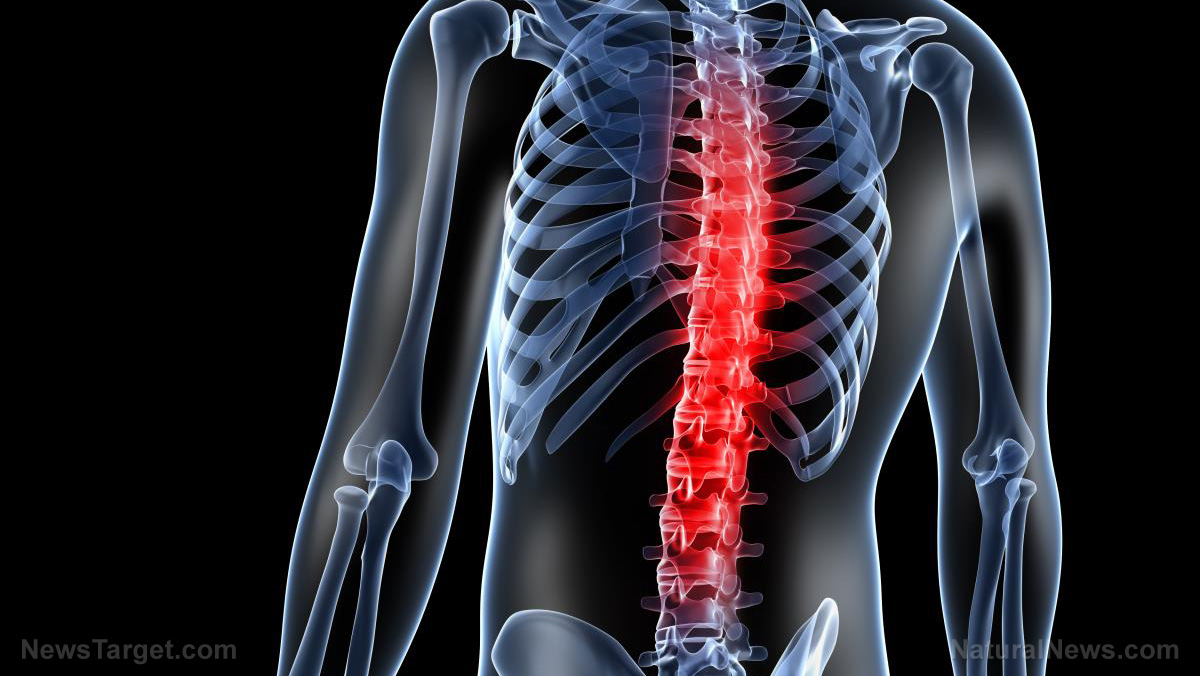
After analyzing the participants' bone mineral density using a compact radiographic absorptiometry system, the team discovered that 9.6 percent of the subjects have osteoporosis. The majority of the cases were reported among women, with 19.7 percent having been diagnosed with the disease. Among men, only 2.3 percent were diagnosed with osteoporosis.
The researchers also compared the dietary data of those diagnosed with osteoporosis to those who were not. They found that there are significant differences between the participants in terms of age, gender, smoking and drinking habits, BMI, blood pressure levels, physical activity levels, nutrient supplementation, dietary calcium intake, dietary fiber intake and dietary energy intake. The factors above were measured as they are considered to be vital for the development and prevention of osteoporosis.
But most of all, the team observed a significant difference between the subjects with osteoporosis and those who don’t have the disease in terms of dietary selenium intake. The researchers found that those who have osteoporosis also have lower levels of dietary selenium consumption.
A person can increase his selenium intake by eating Brazil nuts, fish, shellfish, beef, turkey, chicken, fortified cereals, whole-wheat bread, beans, lentils and eggs. The recommended dietary allowance for selenium is 55 micrograms per day for adult men and women above 19 years old. For pregnant and lactating women, the recommended intake is between 60 to 70 micrograms per day. (Related: Boost your immune system with dietary selenium and vitamin D.)
However, in the study, which involved Chinese citizens, the participants' selenium intake averaged only 43.5 micrograms per day. This is comparable to the average daily selenium intake of Europeans, which is 40 micrograms per day. The low selenium intake of both populations could be due to the low-selenium content of the soil in both areas.
Selenium and thyroid hormones
Selenium primarily functions in the body as an essential component of selenoproteins, composed of various enzymes and proteins that help protect the cells from damage and infections. Selenoproteins are also needed in producing DNA and in the metabolism of thyroid hormones. The thyroid glands have the highest concentration of selenium in the body.
In connection to thyroid hormones, the researchers postulated that low selenium levels might have increased the level of thyroid hormones in the blood, which may have caused an accelerated bone loss and osteoporosis in the subjects with low dietary selenium intake. Thyroid problems have indirect correlations with osteoporosis and are considered as secondary causes. This means that elevated thyroid hormone levels don’t directly cause osteoporosis, but they can influence how the body maintains a healthy mineral bone density.
In addition, hyperthyroidism, a thyroid disorder characterized by too much production of a thyroid hormone thyroxine, is considered as having a close link to the development of osteoporosis. This is because elevated levels of thyroxine accelerate the process of bone degradation, which is conducted by the osteoclasts. Osteoclasts are the cells that dissolve the bones, initiating new bone production, which is conducted by another cell -- the osteoblasts. Excessive thyroxine levels make the osteoclasts work faster than the osteoblasts, causing the bones to be fragile or brittle.
However, the researchers in the study did not confirm a causal relationship between dietary selenium intake and osteoporosis, but future studies are underway to provide support to their findings.
Visit Health.news to learn more about the importance of selenium.
Sources include:
Please contact us for more information.























